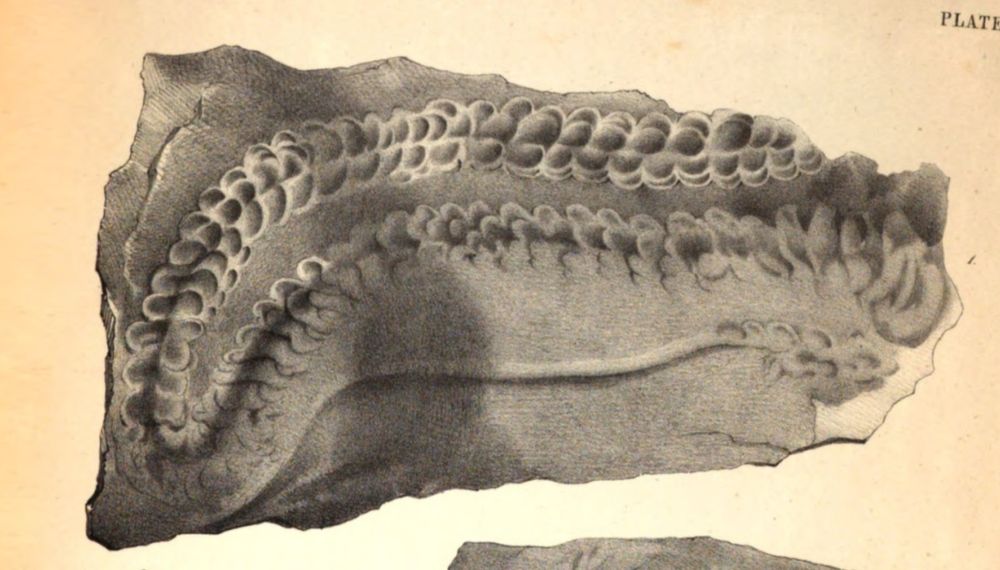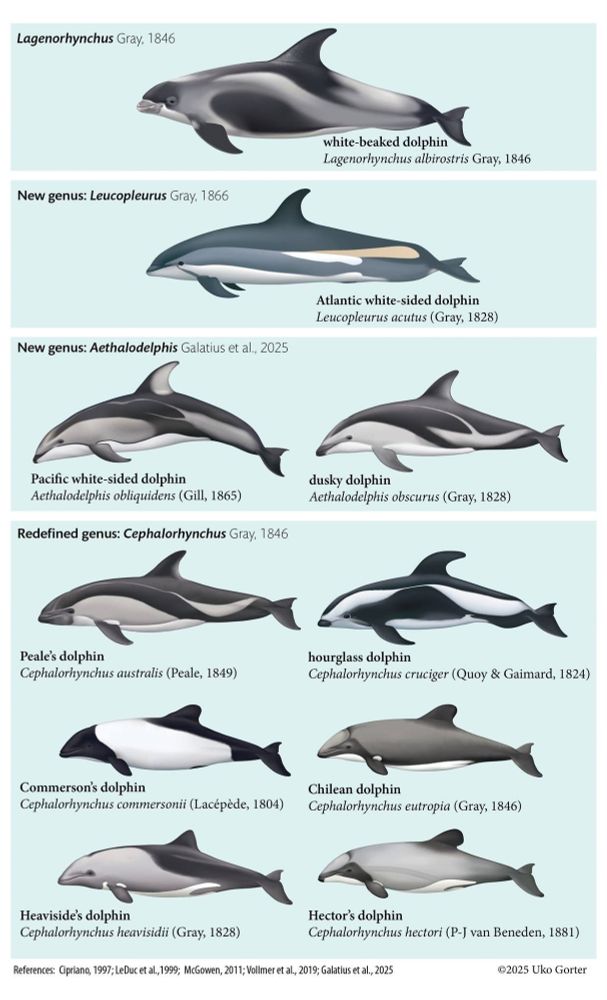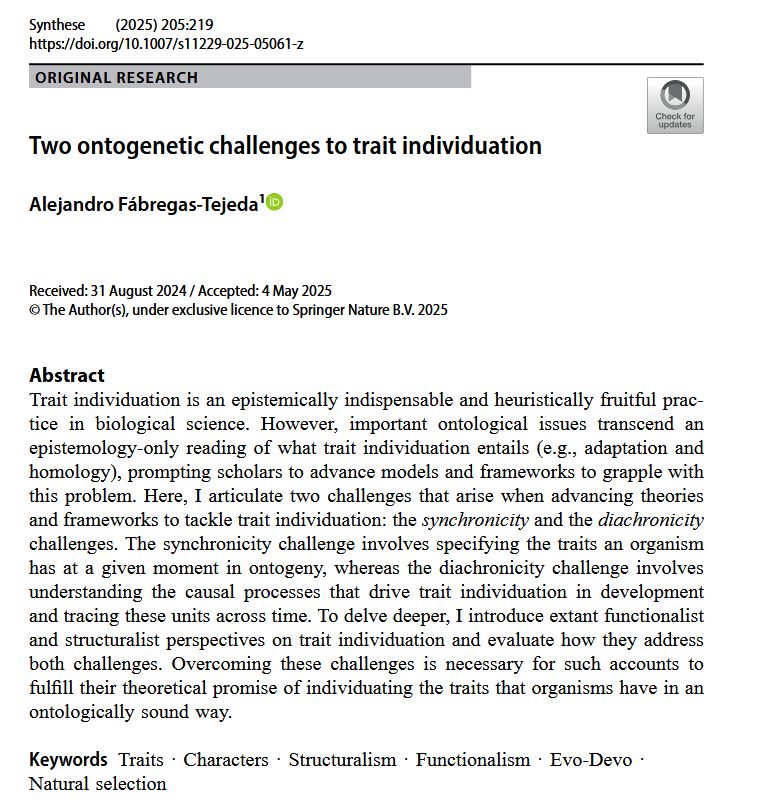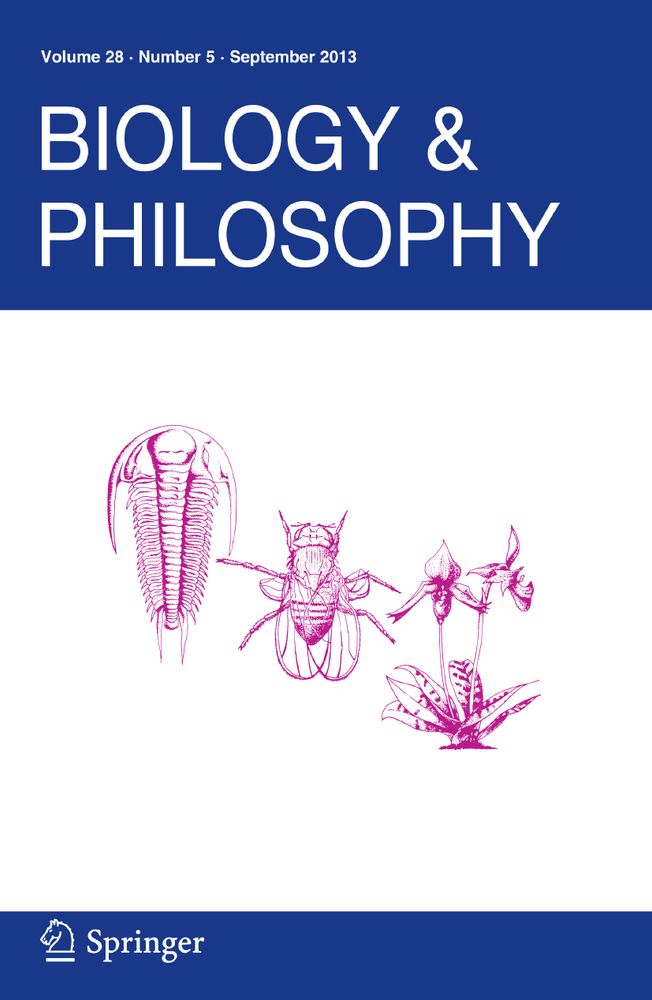
Tying the knot between morphology and development: using the patterning cascade model between cheek teeth to study the evolution of molarization in hoofed mammals - Journal of Mammalian Evolution
Hoofed mammal premolars show a range of occlusal crown morphology from molariform to caniniform, and the position of taxa on this spectrum can be described as the relative molarization of the premolars. Molarized premolars function together with the molars in grinding mastication in which these unique premolars appear. The degree of molarization varies across dietary ecologies, which has led to cheek tooth morphology being designated as an important contributor to dietary predictions in extant and extinct taxa. Recent research into mammalian occlusal cheek tooth patterning have found independent patterning mechanisms of the premolars and molars. A research gap exists in understand how molarization of the premolars has occurred so frequently in hoofed mammals if these dental regions are independent in their patterning. In this study, we tested the application of the patterning cascade model to the lower premolar-molar boundary in hoofed mammals using a geometric morphometrics framework. We used 2D geometric morphometrics to study occlusal cuspid covariation at the lower p4-m1 boundaries of 16 artiodactyl and 18 perissodactyl species. Phylogenetically informed modularity analyses were used to test alternate a priori hypotheses originating from evolutionary, developmental, and functional considerations of cheek tooth morphogenesis. Our results showed artiodactyls and perissodactyls differ significantly in their p4-m1 boundary covariation patterns, which we hypothesize could be caused by heterochronic shifts between premolar and molar development. To our knowledge, our study is the first to contribute a comprehensive yet accessible 2D geometric morphometric method to further investigate the evolution of molarized premolars.
Ashbaugh, A.J., Jamniczky, H.A. & Theodor, J.M. Tying the knot between morphology and development: using the patterning cascade model between cheek teeth to study the evolution of molarization in hoofed mammals. J Mammal Evol 32, 23 (2025). doi.org/10.1007/s109...
05.10.2025 12:32 — 👍 27 🔁 8 💬 1 📌 1
A big shout out to my coauthors @jakeberv.bsky.social @paleodm.bsky.social and everyone who made this work possible @miamiuniversity.bsky.social
17.09.2025 18:27 — 👍 2 🔁 1 💬 0 📌 0
Whales span a range of symphyseal morphologies, varying in degree of mobility (fusion) and length (elongation). In this paper, we examine the evolution of these traits across whale phylogeny and geologic time.
17.09.2025 18:27 — 👍 2 🔁 1 💬 1 📌 0
My paper "Models and Analogies in the Reconstruction of Extinct Life" is also out now in this volume dedicated to Hesse ⬇️
#HPS #PaleoSky #Philsky ⚒️
link.springer.com/chapter/10.1...
03.09.2025 17:55 — 👍 51 🔁 17 💬 1 📌 1

A cornucopia of tiny, bizarre whales used to live in Australian waters – here’s one of them
If alive today, these tiny whales would be as iconically Australian as kangaroos.
A few years in the making, but I can finally share my first PhD paper and my first ever first-authored whale paper. In it, we name a new species of toothed baleen whale: Janjucetus dullardi. You can find our conversation article here: tinyurl.com/dullardi
13.08.2025 01:39 — 👍 53 🔁 20 💬 1 📌 1

S5 E4 - Heather Douglas on Rethinking Science’s Social Contract
The HPS Podcast - Conversations from History, Philosophy and Social Studies of Science · Episode
What happens when the old contract between science and society no longer fits?
This week, Prof. Heather Douglas unpacks the legacy of the value-free ideal, examines research ethics & funding — and proposes a new social contract for science. This was an illuminating conversation.
Listen now! 🎧
07.08.2025 21:13 — 👍 62 🔁 27 💬 2 📌 3

American Primordial: remembering the Great Taconic Controversy — Extinct
In which Max remembers the biggest American geological brouhaha of the nineteenth century
The wildest debate in the history of American geology raged between ~1840 and 1890. It was called the Great Taconic Controversy, and it involved the oldest fossil-bearing rocks on the planet (allegedly). Read all about it on your local philpaleo blog, Extinct...
www.extinctblog.org/extinct/2025...
30.07.2025 15:33 — 👍 18 🔁 9 💬 1 📌 0

S5 E2 - Surekha Davies on Humans: A Monstrous History
The HPS Podcast - Conversations from History, Philosophy and Social Studies of Science · Episode
New episode of The HPS Podcast! 🎙️
Today, Dr Surekha Davies joins us to discuss her new book Humans: A Monstrous History – a sweeping look at how ideas of monstrosity shaped science, empire, and what it means to be human.
@drsurekhadavies.bsky.social #hps #history #monsters
🎧 Listen here:
24.07.2025 21:31 — 👍 18 🔁 6 💬 1 📌 2

The Society for Marine Mammalogy’s Official List of Marine Mammal Species and Subspecies has been updated.
Visit the SMM website for the full list: marinemammalscience.org/science-and-...
Image: Uko Gorter 2025
#SMM #Marinemammal
18.07.2025 19:13 — 👍 52 🔁 17 💬 1 📌 1

Screenshot of a journal article titled "Two ontogenetic challenges to trait individuation" by Alejandro Fábregas-Tejeda, published in Synthese (2025) 205:219. The abstract reads: "Trait individuation is an epistemically indispensable and heuristically fruitful practice in biological science. However, important ontological issues transcend an epistemology-only reading of what trait individuation entails (e.g., adaptation and homology), prompting scholars to advance models and frameworks to grapple with this problem. Here, I articulate two challenges that arise when advancing theories and frameworks to tackle trait individuation: the synchronicity and the diachronicity challenges. The synchronicity challenge involves specifying the traits an organism has at a given moment in ontogeny, whereas the diachronicity challenge involves understanding the causal processes that drive trait individuation in development and tracing these units across time. To delve deeper, I introduce extant functionalist and structuralist perspectives on trait individuation and evaluate how they address both challenges. Overcoming these challenges is necessary for such accounts to fulfill their theoretical promise of individuating the traits that organisms have in an ontologically sound way."
“Traits” are central units of biological analysis—but how should they be individuated, and relative to which ontogenetic frame of reference? In my new paper, I argue that answering this isn’t easy—and matters more than it seems. 📃👇 link.springer.com/article/10.1... #philsci #HPBio #evosky #evodevo
18.07.2025 18:33 — 👍 81 🔁 22 💬 0 📌 0
Studying Philosophy Does Make People Better Thinkers | Journal of the American Philosophical Association | Cambridge Core
Studying Philosophy Does Make People Better Thinkers
A popular and very old argument for the value of philosophy claims that studying philosophy cultivates important intellectual abilities and dispositions. But empirical evidence for that claim has been hard to come by. Until now!
1/4
12.07.2025 13:21 — 👍 98 🔁 29 💬 6 📌 10
Whales provide an opportunity for studying the morphology of the symphysis as it relates to feeding in an aquatic environment with clear departures from the ancestral feeding mode (i.e. mastication).
19.06.2025 16:14 — 👍 2 🔁 0 💬 0 📌 0
In toothed whales, the symphysis ranges from unfused to complete ossification. Baleen whales evolved a decoupled, highly mobile symphysis that represents a novel condition among mammals.
19.06.2025 16:14 — 👍 2 🔁 0 💬 1 📌 0
We conduct the first comprehensive morphological investigation of the mandibular symphysis in whales, using gross anatomical observation and CT cross-sectional data to examine diverse joint morphologies across extant and fossil taxa.
19.06.2025 16:14 — 👍 2 🔁 0 💬 1 📌 0
Director, Centre for the Sciences of Place & Memory, Stirling Uni, Scotland. Skill, memory, embodied cognition, philosophy, cognitive history, cricket, music, collaborating, wayfinding. Leverhulme International Prof: johnsutton.net & placememory.net
Journalist covering the ocean and climate change / currently: @canarymedia.com / former: POLITICO, The Post & Courier, The Washington Post / National Geographic Explorer / signal @clare.14 / Bury me in Jersey
The Centre for Logic and Philosophy of Science (CLPS) at the Institute of Philosophy (@kuleuvenuniversity.bsky.social) focuses on #logic and #philsci, with a concentration on the philosophies of the special sciences • https://hiw.kuleuven.be/clps #philsky
Palaeontologist | Taphonomist | 🍉 |Assistant Professor @IBE_Warszawa| 🦖🐒☠️
A magazine of ideas
https://philosophynow.org
Historian and Philosopher of Science / Public Humanities Advocate / PhD Candidate / Co-Founder of The HPS Podcast / Architect / Interested in Everything
University of Melbourne
samaragreenwood.com
Philosophy of Science, Comedy, Poker, Tennis, Movies, Coffee, and Corgis
Whaleontology PhD candidate (Monash University/Melbourne Museum) and palaeoartist (of sorts) from Port Glasgow.
🖖🐋🏎️🦕
Okay at some things. (he/him)
PhD Candidate, HPS@UniMelb
Interested in the history and philosophy of psychological knowledge
🎙️ Host @hpspodcast.bsky.social | linktr.ee/thehpspodcast
The Ramsey philosophy of biology lab at KU Leuven, Belgium.
https://www.theramseylab.org • #HPbio #philsci #philsky #evosky #paleosky #cogsci
Philosophy of science; history & philosophy of biology, medicine & psychology; mental health; clinical research & practice; Washington U St. Louis
Philosopher of Biology interested in Human Evolution 💀🧬🏺• Postdoctoral Fellow at KU Leuven • PhD from DiBio 🧪, University of Padova • Science Writer and Communicator (Collab MicroMega, Le Scienze, Pikaia)
Professor, LSE. Philosophy of science, animal consciousness, animal ethics. Director of The Jeremy Coller Centre for Animal Sentience.
- Executive Director, Project Drawdown drawdown.org
- Climate scientist, working on solutions
- Passionate about science, communication, and hope
- Minnesota based, Maine born
- Personal account / My views
Paleontologist, evolutionary biologist, & punk rock enthusiast. Assistant Professor & Curator of Invertebrate Paleontology. U Oklahoma/Sam Noble Museum of Natural History. Macroevolution, phylogenetic methods, echinoderms https://daveyfwright.wordpress.com
Paleontologist. Science Writer. Podcaster.
Host of the Common Descent Podcast.
He/they
Philosophy professor at UCR. Podcast at Slate. Associate director at Marc Sanders Foundation. hiphination.org
Archaeologist researching the US Southwest, and museum professional.
Postdoctoral oceanographer studying the ocean carbon sink 🦈🤿🕹️
🏠 @imev-mer.fr (CNRS-Sorbonne Université) as part of the Horizon Europe @tricuso.bsky.social project
💻 https://louisedelaigue.owlstown.net/
🚀 http://bit.ly/3HWFD5I











